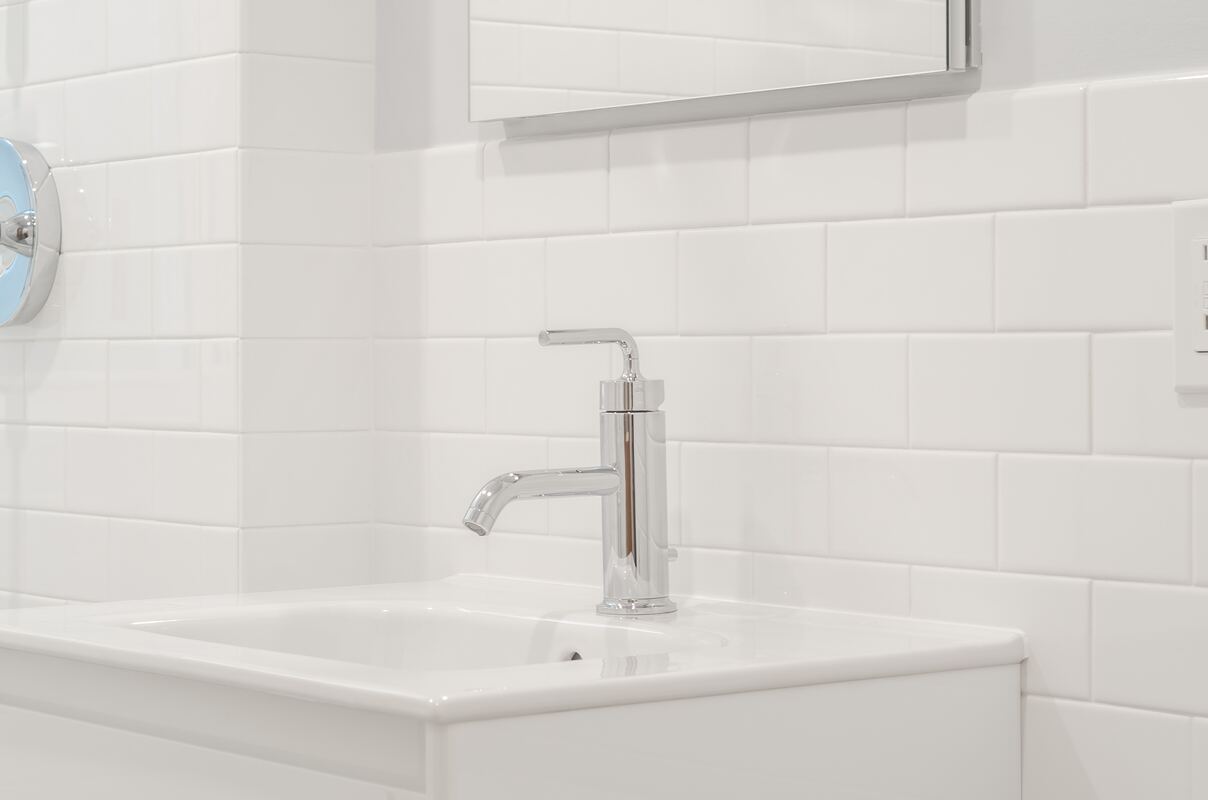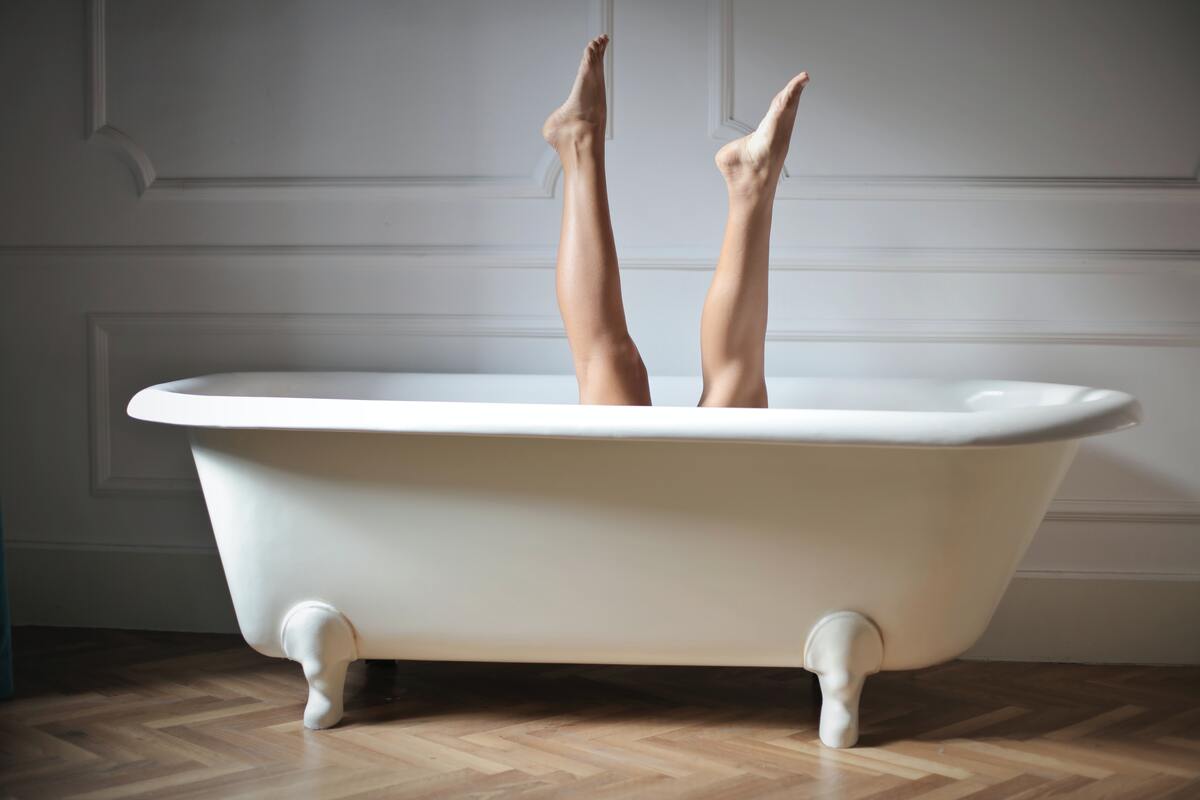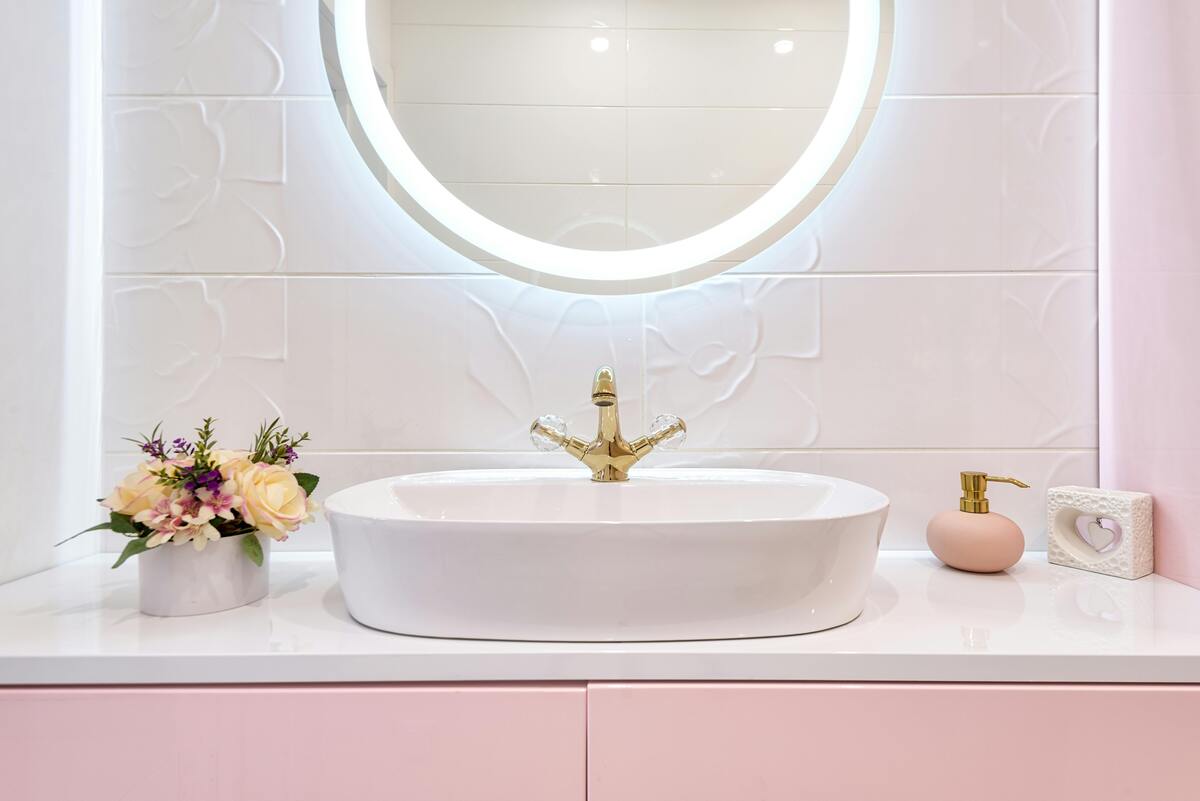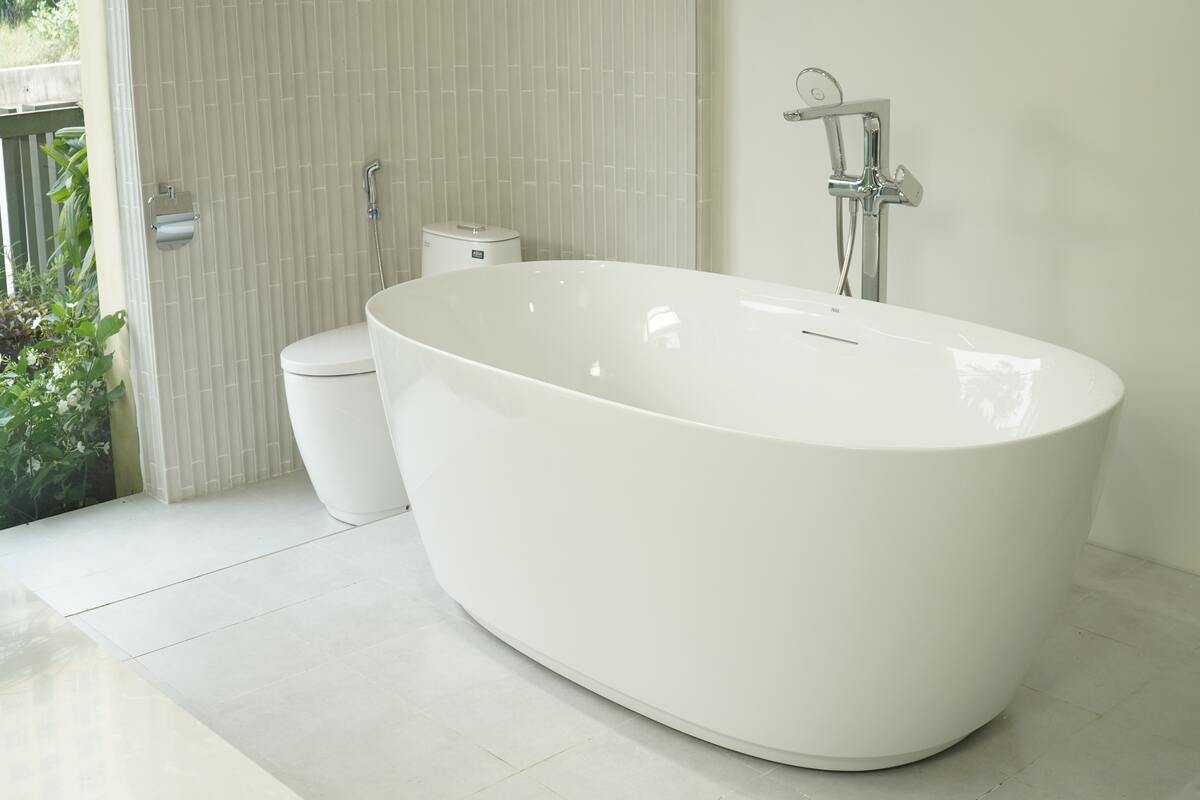How To Unblock A Bathroom Sink

A clogged bathroom sink can quickly turn into a major annoyance.
Whether it’s due to hair, soap scum, toothpaste, or other debris, a blocked sink can disrupt your daily routine and create an unsightly mess.
Just like getting rid of bathroom mould, unblocking a bathroom sink doesn’t always require calling in a professional.
With a few simple tools and techniques, you can restore the smooth flow of water and have your sink functioning like new again. In this guide, we’ll take you through the step-by-step process of unblocking a bathroom sink.
Alternatively, if you’re looking to waterproof your bathroom, we’ve got you covered.
Gather your tools and materials
Before you begin, make sure you have the necessary tools and materials on hand. You’ll need:
- Plunger: A rubber cup plunger is essential for dislodging blockages that are closer to the drain opening.
- Bucket or towels: These will help catch any water that might overflow during the process.
- Wire hanger or drain snake: These tools are useful for reaching deeper clogs that are not easily accessible from the surface.
- Baking soda and vinegar: This natural combination can help break down organic matter and clear minor clogs.
- Hot water: Boiling water can be effective in breaking down grease and soap scum buildup.
First step: Remove standing water before plunging
If there’s standing water in the sink, use a bucket or towel to remove as much of it as possible. This will prevent any splashing or overflowing during the unclogging process.
Place the plunger over the drain opening and create a tight seal. Push down and then pull up rapidly several times to create a vacuum effect.
This motion can dislodge minor blockages. If you’re successful, you’ll hear the water start to drain.
No luck? Try baking soda and vinegar
For some clogs, a combination of baking soda and vinegar can work wonders. Start by pouring about half a cup of baking soda down the drain.
Follow this with half a cup of vinegar. You’ll notice a fizzing reaction as the two substances interact to break down buildup.
After a few minutes, flush the drain with hot water. This method is safe for your pipes and can help maintain their cleanliness.
For more information on using baking soda or vinegar in your bathroom, take a look at our tips for cleaning shower glass.
The common culprit: Check and clean the P-trap
Underneath your sink, there’s a U-shaped pipe known as the P-trap.
This component is designed to trap debris and prevent odours from rising into your bathroom. However, it can also become a hotspot for clogs.
Place a bucket or towel beneath the P-trap to catch any water that might spill out. Loosen the nuts connecting the P-trap to the pipes and carefully remove it. Clean out any debris and rinse the trap before reattaching it.
Using your tools: Wire hanger or drain snake
If the blockage persists, it might be located deeper in the pipes.
Straighten out a wire hanger and create a small hook at the end. Insert the wire into the drain and gently manoeuvre it to hook onto the clog.
Pull out the clog, and then flush the drain with hot water. Alternatively, you can use a drain snake, a flexible tool designed for this purpose, to reach deeper clogs and pull them out.
What about commercial drain cleaners?
While we recommend trying natural methods first, if the clog is stubborn, you might consider using a commercial drain cleaner.
Be cautious when using these products, as they can contain harsh chemicals that can damage your pipes and harm the environment.
Follow the manufacturer’s instructions carefully, and always wear protective gloves and eyewear.
Preventive measures to avoid repeat issues
Now that your sink is unblocked, it’s a good time to implement preventive measures to avoid future clogs:
- Install a drain strainer: A drain strainer can catch hair, soap scum, and other debris before they enter the drain.
- Regular cleaning: Once a month, flush your drain with hot water to help prevent buildup.
- Dispose of grease properly: Never pour grease down the sink, as it can solidify and cause clogs.
- Use a hair trap: If hair is a common issue, consider using a hair trap in addition to a drain strainer.
When should you call a professional?
There’s a level of expertise that only specialists can bring to bathroom design and installation. In the same way, while the aforementioned DIY methods are effective for most minor clogs, there are situations where it’s best to call in a professional plumber.
If you’ve tried multiple methods and the clog persists, there could be a more complex issue deeper in the plumbing system.
A persistent foul smell could indicate a larger problem in your plumbing that requires professional attention.
If multiple drains in your home are clogging simultaneously, it might be a sign of a larger issue in your sewer line – it may be that the issue needs to be escalated to the council.
If your sink drains slowly even after unclogging, it could indicate a more serious issue that a professional should assess and potentially address for you.
How to unblock a bathroom sink – Conclusion
Dealing with a blocked bathroom sink doesn’t have to be a stressful ordeal.
With the right tools, materials, and techniques, you can easily restore the flow of water and prevent future clogs.
Remember to start with the simplest methods, like plunging and using baking soda and vinegar, before moving on to more complex solutions.
However, if you encounter persistent issues or feel uncomfortable attempting the fixes yourself, it’s always a wise decision to seek the expertise of a professional plumber.
By taking preventive measures and practising good drain maintenance, you can keep your bathroom sink clear and functional for years to come.
We are Ability Bathe Bathrooms, a family-run bathroom design and installation business, with over 35 years of experience. For any questions about our services in Devon, Plymouth, Cornwall or any surrounding areas, please get in touch.
And if you’re interested, find out how we can upgrade your bathroom with our walk-in showers and wet rooms.





